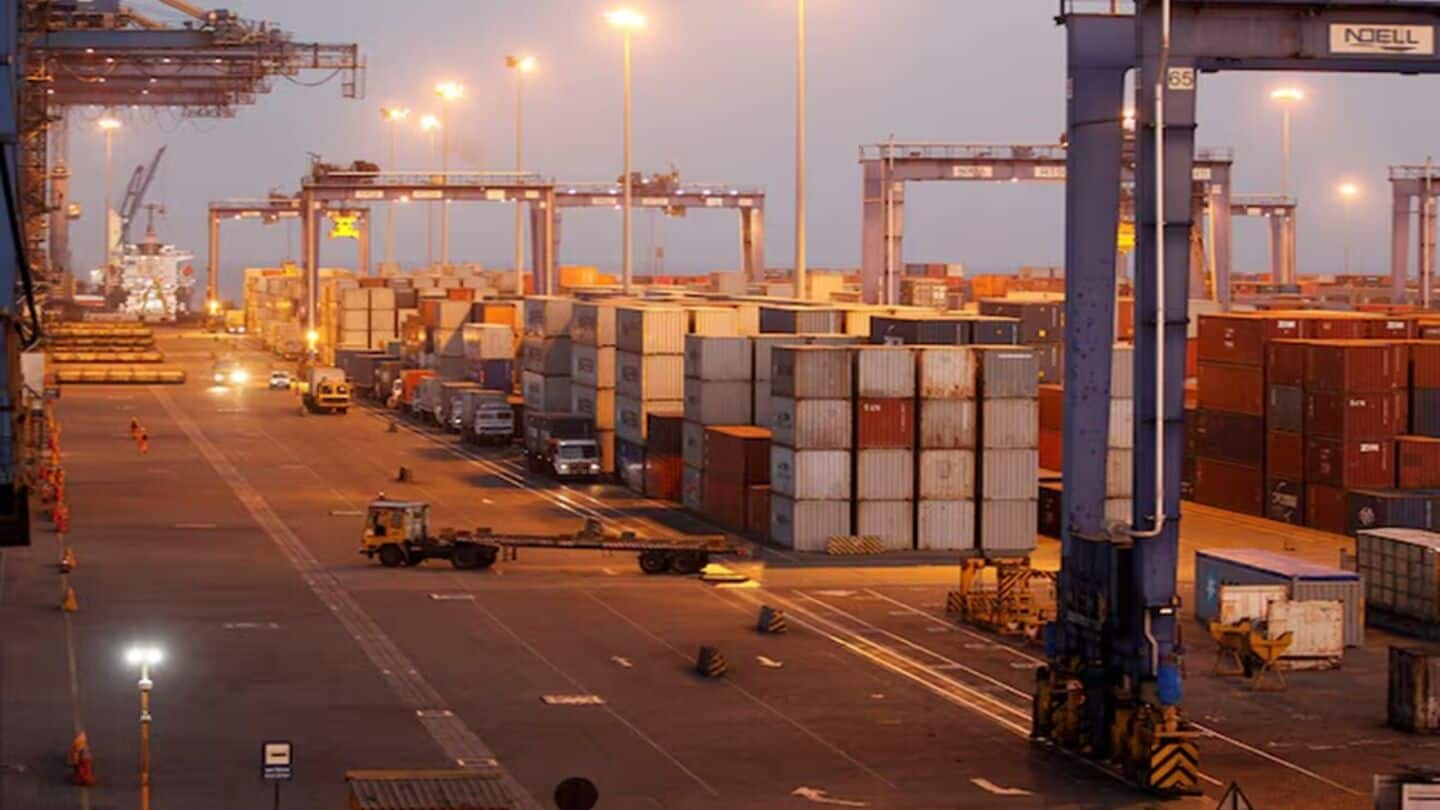
India's engineering exports hit $116B in FY25, setting new record
What's the story
India's engineering goods exports hit an all-time high of $116.67 billion in the fiscal year 2024-25, a 6.74% increase over the previous record of $112.10 billion in fiscal 2021-22.
The US continued to be the largest market for these exports, with notable growth in markets like the UAE, Singapore, Nepal, Japan, and France.
The Engineering Exports Promotion Council (EEPC) revealed this today.
Trade performance
Engineering goods exports surpass overall merchandise exports
The growth rate of engineering goods exports exceeded that of overall merchandise exports, which recorded a meager 0.08% year-on-year (YoY) growth in 2024-25.
As a result, engineering goods' share in India's total merchandise exports increased to 26.67%, compared to 25.01% in the last fiscal.
Despite record figures for FY25, Indian engineering goods witnessed a decline in March 2025, with $10.82 billion recorded for the month, down from $11.27 billion in March 2024—a 3.92% YoY decline.
Trade concerns
US tariffs and global trade dynamics pose challenges
Pankaj Chadha, Chairman of EEPC India, termed the performance of Indian engineering exports "remarkable" considering the extreme global uncertainty due to geopolitical disturbances, and economic slowdown in major developed and emerging nations.
Chadha also highlighted that US President Donald Trump's decision to raise import duty on several trade partners, including India, has sparked retaliatory measures from other countries and raised concerns about global economic stability.
Trade forecast
WTO warns of potential decline in global merchandise trade
The World Trade Organization (WTO) has warned that under current conditions, the volume of global merchandise trade could fall by 0.2% in 2025.
A temporary tariff pause by the US may prevent some of this contraction, but significant downside risks remain.
These include retaliation from other countries and policy uncertainty, which could further impact global trade volume by around 1.5%, particularly affecting export-oriented least developed nations.